In these days when terrorist attacks are common, it is possible that a school bus may get hijacked.
This is because, worldwide, international terrorists have targeted transportation systems (in particular, buses) and secondly compilations have indicated that many terrorist incidents at schools were focused on buses at targets.
Buses are preferred targets for the reasons because there are many people concentrated in a small space inside the bus and, secondly, the bus is a horrible target to around millions of parents whose children ride to school in the school bus every day.
In the light of these facts, it is very important that every school bus driver must be prepared to prevent the threat of school bus hijacking at any cost. Given below are a few pointers that can be adopted by drivers if they are faced with such a situation.
- It is important for the bus driver to anticipate the threat of a hijack and be prepared for one, always.
- The bus driver should be aware of the fact that the hijackers are not always adults. There have been instances when students have hijacked school buses.
-
The motives of the hijackers are varied and most surprising. Whereas in the case of one bus hijack the attackers wanted money, on another school bus hijack the attacker was unhappy with his employer.
The hijacker can even be a parent of one of the children on the bus. In some weird case, the hijacker may not have a motive at all.
- The hijacker can be of any ethnicity, sex, race, age, or background. They can be a complete stranger too. This is why it is important not to allow any unauthorized individual on the bus be it a child or an adult.
- The school bus driver should have a perfect plan on what exactly to do in the vent of a hijacking. This plan must be practised with dry runs just like emergency evacuation drills.
- School bus drivers should use code words to inform others of the hijack in case it has happened. It is not a good idea to tell the others that they think they ‘have been hijacked’ or that ‘one of the students has a gun’.
- The driver of the bus should check in with the authorities from time to time when on a trip. If some check-ins go missing, it is easy for the authorities to understand that a hijacking may have taken place or the bus and its occupants are in some kind of danger.
- It is important that the school authorities/school district works closely with the police and other law enforcement agencies. The police should regularly patrol the scheduled school bus routes. This can deter the hijackers.
-
Students can be trained to conduct regular bus patrols. The older students of the bus patrol can be taught to act in a specific manner in case of a bus hijack. At the same time anyone of the students can call police for help.
The bus driver can focus on this job and do it well while he/she knows that someone else is calling for help. However, all these have to be practised beforehand through dry runs.
-
If at all the school bus has been hijacked, then the school bus driver has to become very alert and must take some decisions very quickly. However, there are two methods that are recommended.
Whereas in one the instructions are for the driver to obey the hijacker’s instructions while waiting for some kind of assistance, the second method recommends that the bus driver has to resist and take command if the situation is conducive.
Whatever be the method adopted, the protection of the children on the bus is paramount. For all these to happen in the best manner possible, the driver has to conduct drills beforehand.
- It is important for the school bus driver to maintain good communication with the students and their parents/guardians.
- In the event of a hijack, school bus driver has to communicate with them instead of fighting. Saying the right things and maintaining the right tone can help to de-escalate the situation to a large extent.
- The driver should be trained in the use of all emergency-related equipment. They should be familiar with operating all the emergency procedures and plans.
- The driver should have the clarity of thought to identify an emergency and clearly understand their role in the unfolding emergency situation. The driver should stay calm under all circumstances
- The driver should make it a point to remove the keys from the ignition when the bus is left unattended.
- The bus driver should be familiar with all the guidelines of the school district and state as far as security is concerned.
- The inside and outside of the bus has to be inspected thoroughly before and after every school trip.
- If the driver spots suspicious people around, they should immediately notify the authorities about the concerns they have.
- In case the driver notices any unusual behaviour from individuals, the judgment should not be based on race, religion or ethnicity.
- Suspicious individuals can pretend to have gotten lost and may be seen wandering near the buses or inside the school premises. Some of them may even openly wield dangerous weapons or other items.
- A suspicious person should be approached by the driver only if they are comfortable in doing so.
- The bus driver should refrain from becoming confrontational and try to detain the suspicious person in the first place. The driver should withdraw if they become aggressive.
- The driver should look to diffuse the situation, should not attempt to grab the weapon or make any sudden movements and look for ways to alert emergency response. The driver can also pretend that the bus has broken down, if possible.
Conclusion
Every school bus driver should have a written down plan that can be executed if the bus is hijacked. These plans must be practised just as with emergency evacuation drills.

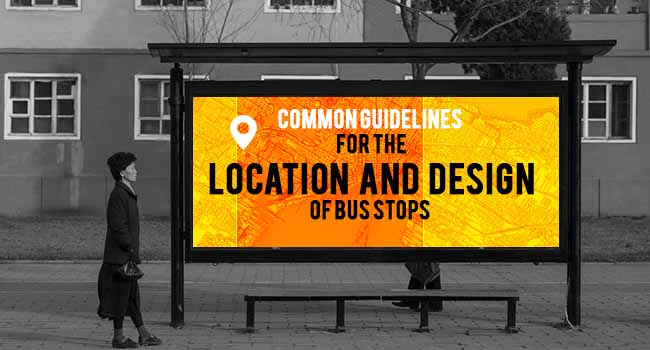
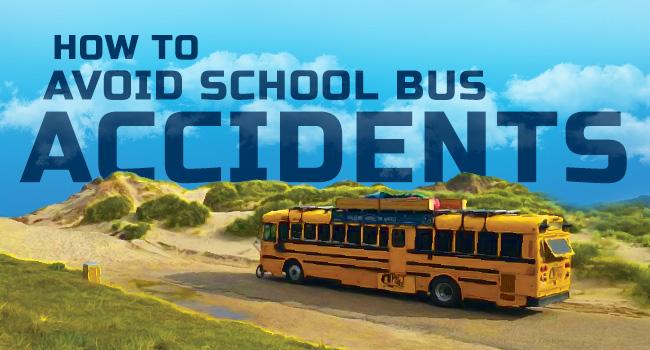
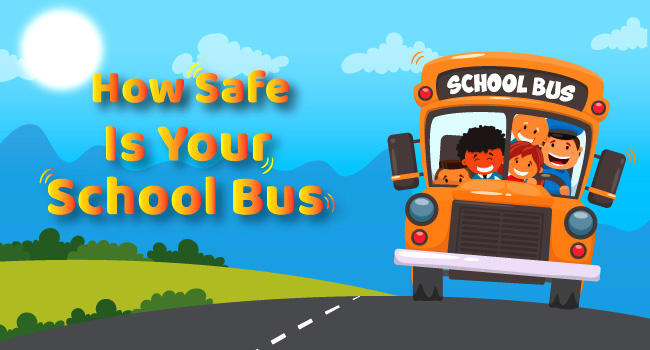

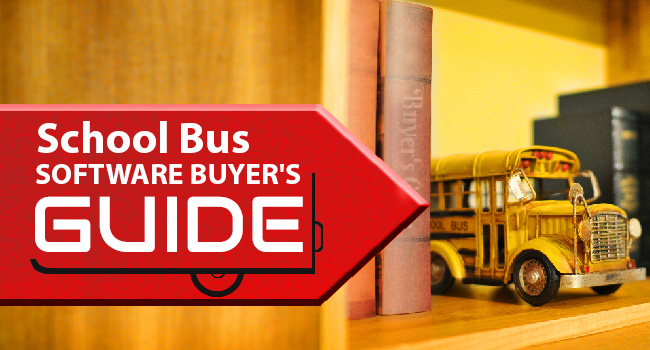
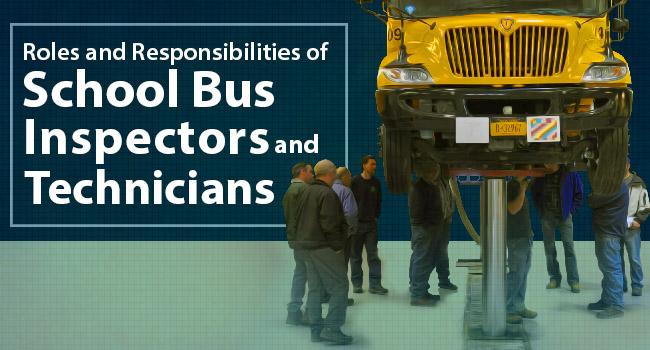
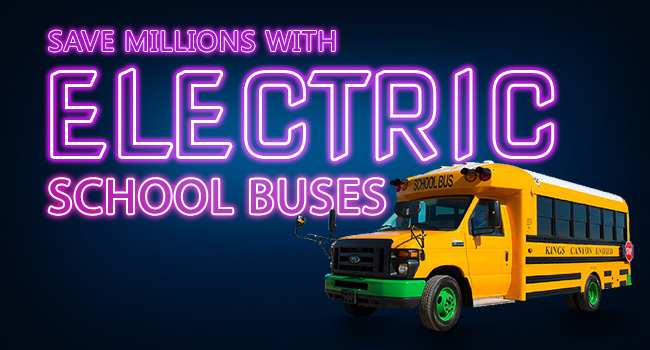
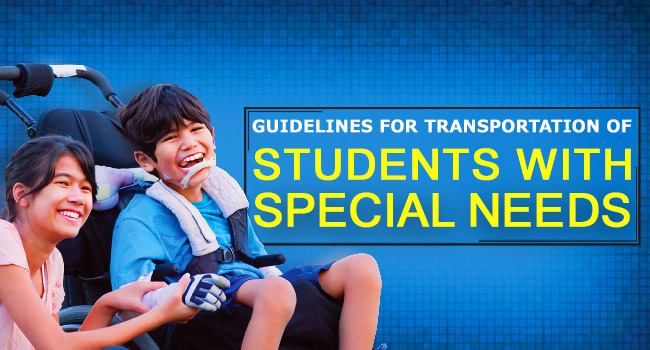
![8 Road Safety Tips for Motorists – [Infographics]](https://wp.trackschoolbus.com/wp-content/uploads/2018/09/15-9-2018_Road-Safety-Tips-for-Motorists_featured-wecompress.com_.jpg)
